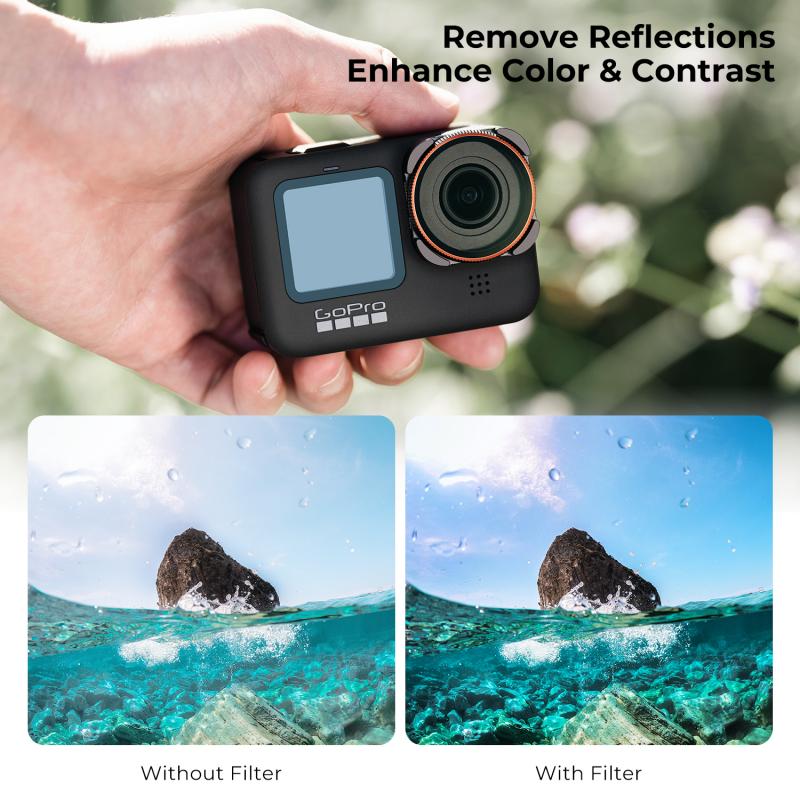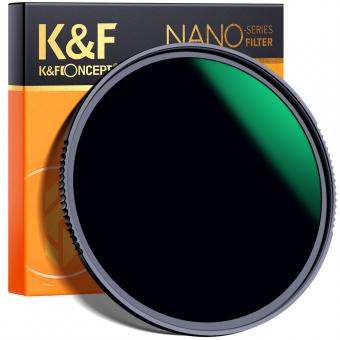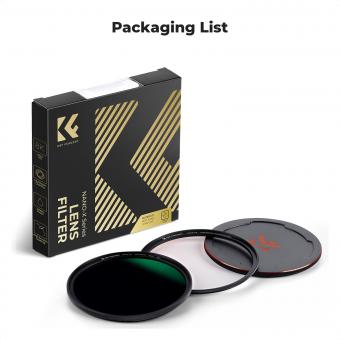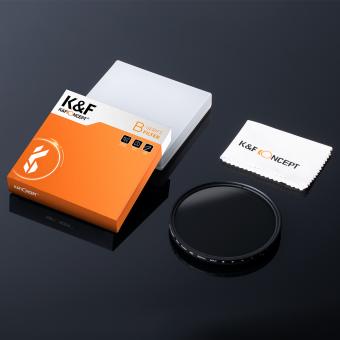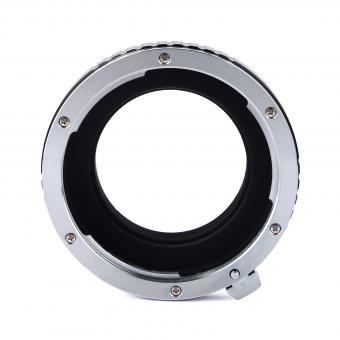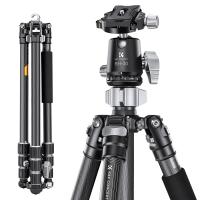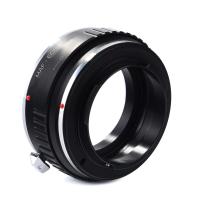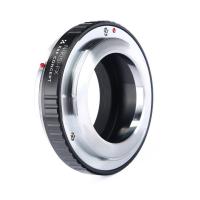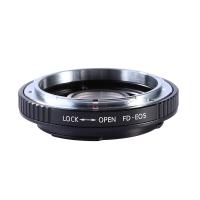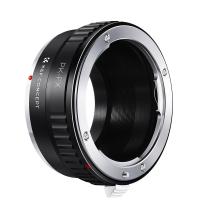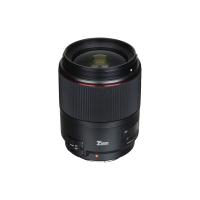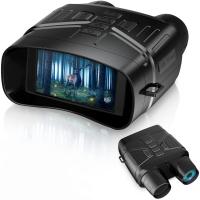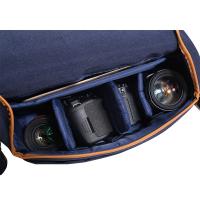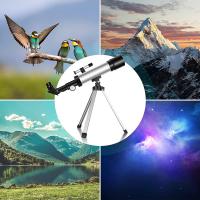How To Know What Size Filter For Lens ?
To determine the correct filter size for a lens, you can usually find this information on the front of the lens or in the lens specifications provided by the manufacturer. The filter size is typically indicated in millimeters and is denoted by a symbol that looks like a circle with a line through it (Ø). You can also refer to the lens manual or check the manufacturer's website for the filter size information. Additionally, you can measure the diameter of the lens barrel using a caliper or ruler to determine the filter size. It is important to choose a filter that matches the lens diameter precisely to ensure proper fit and functionality.
1、 Lens diameter measurement for filter compatibility
To determine the correct size filter for your lens, you need to measure the lens diameter. The lens diameter measurement is crucial for filter compatibility as it ensures that the filter will fit securely onto the lens without causing any vignetting or obstruction.
To measure the lens diameter, you can follow these steps:
1. Look for the symbol "Ø" on your lens, which indicates the diameter measurement.
2. If you cannot find the symbol, check the lens manual or manufacturer's website for the lens specifications.
3. Use a caliper or ruler with millimeter measurements to measure the diameter of the lens. Place the caliper or ruler across the front of the lens and measure from one edge to the other.
4. Take note of the measurement in millimeters. It is usually a whole number, such as 52mm or 77mm.
Once you have the lens diameter measurement, you can purchase a filter that matches that size. Filters are typically labeled with their diameter size, so you can easily find one that is compatible with your lens.
It is important to note that some lenses have different filter thread sizes, especially if they are from different manufacturers or lens series. Therefore, it is always recommended to double-check the lens diameter measurement before purchasing a filter.
In recent years, lens manufacturers have started producing lenses with larger diameters to accommodate higher resolution sensors and reduce vignetting. Therefore, it is advisable to keep up with the latest lens models and their corresponding filter sizes to ensure compatibility.
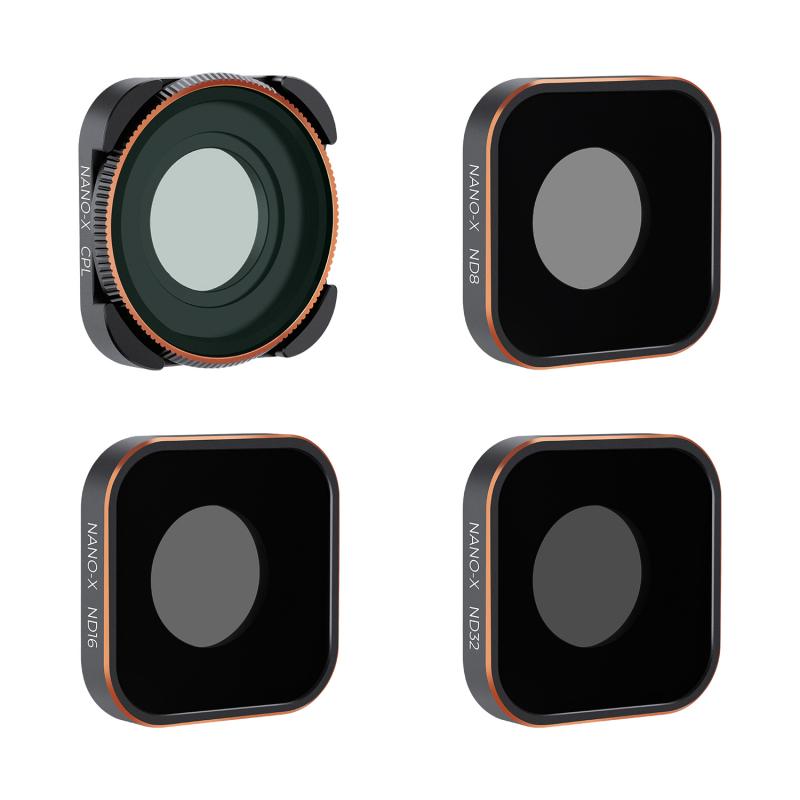
2、 Reference lens specifications for filter size information
To determine the correct filter size for your lens, there are a few methods you can use. One way is to refer to the lens specifications provided by the manufacturer. These specifications often include information about the filter size that is compatible with the lens. This is usually mentioned in millimeters and can be found in the user manual or on the manufacturer's website.
Another method is to look for the symbol Ø followed by a number on the lens barrel. This symbol indicates the filter thread size of the lens. You can then purchase a filter with the corresponding size.
If you are unable to find the filter size through these methods, you can also measure the diameter of the lens barrel yourself. This can be done using a caliper or a ruler. Simply measure the diameter of the front of the lens barrel where the filter would attach. Make sure to measure in millimeters for accuracy.
It is important to note that some lenses have different filter sizes for different versions or models. Therefore, it is always recommended to double-check the filter size for your specific lens model.
As technology advances, lens manufacturers may introduce new lens models with different filter sizes. Therefore, it is always a good idea to stay updated with the latest lens specifications and consult the manufacturer's website or customer support for the most accurate and up-to-date information.
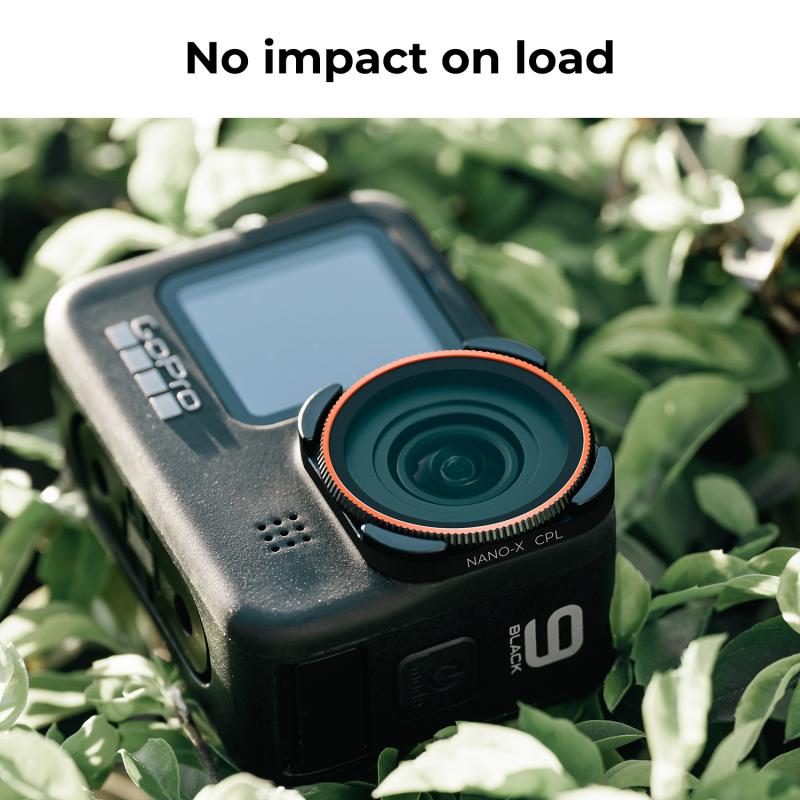
3、 Online resources for filter size lookup based on lens model
Online resources for filter size lookup based on lens model are readily available and can provide accurate information on the appropriate filter size for a specific lens. These resources are particularly useful for photographers who may have multiple lenses with different filter sizes and need to quickly determine the correct size for a particular lens.
One popular online resource is the website of the lens manufacturer itself. Most lens manufacturers provide detailed specifications for their lenses, including the filter size. By visiting the manufacturer's website and searching for the specific lens model, photographers can easily find the recommended filter size.
Another useful online resource is lens database websites. These websites compile information on various lenses, including their specifications and filter sizes. Users can search for a specific lens model and find the corresponding filter size. Some lens database websites even allow users to filter lenses based on their filter size, making it easier to find lenses that use a specific filter size.
Additionally, photography forums and communities can be valuable resources for filter size lookup. Photographers often discuss and share information about different lenses and their filter sizes. By searching through these forums or posting a question, photographers can get real-world advice and recommendations from experienced photographers who have used the same lens.
It is important to note that while online resources are generally reliable, it is always a good idea to double-check the information with multiple sources. Lens manufacturers occasionally update their specifications, and there may be variations or discrepancies in the information provided by different sources.
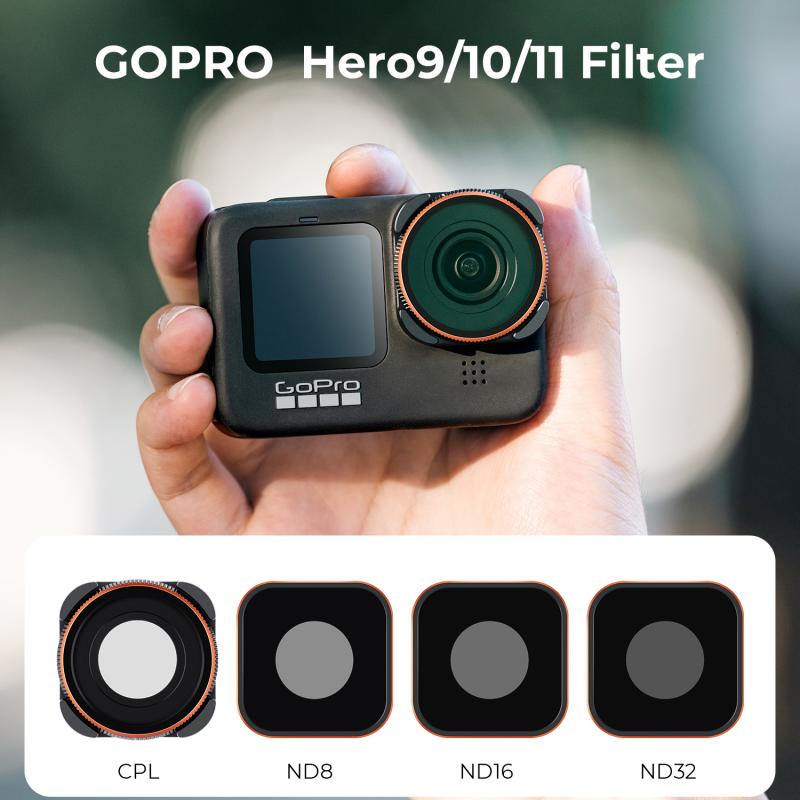
4、 Using lens manufacturer's documentation to determine filter size
Using lens manufacturer's documentation to determine filter size is the most reliable and accurate method. Lens manufacturers provide detailed specifications and information about their lenses, including the filter size required. This information can usually be found in the lens manual or on the manufacturer's website.
To determine the filter size for a lens, you can refer to the lens specifications section in the documentation. Look for the filter thread size, which is usually indicated in millimeters (mm). It may be mentioned as "Filter Size" or "Filter Thread Diameter". Common filter sizes include 52mm, 58mm, 67mm, 77mm, and so on.
It is important to note that the filter size can vary between different lenses, even within the same manufacturer's lineup. Therefore, it is crucial to check the specific lens model's documentation to ensure the correct filter size is determined.
Additionally, it is worth mentioning that some lenses may have a built-in lens hood or a protruding front element, which can affect the use of filters. In such cases, the lens manufacturer's documentation will usually provide guidance on using filters with these lenses.
It is always recommended to rely on the lens manufacturer's documentation for determining the filter size, as it ensures compatibility and avoids any potential issues or damage to the lens.
